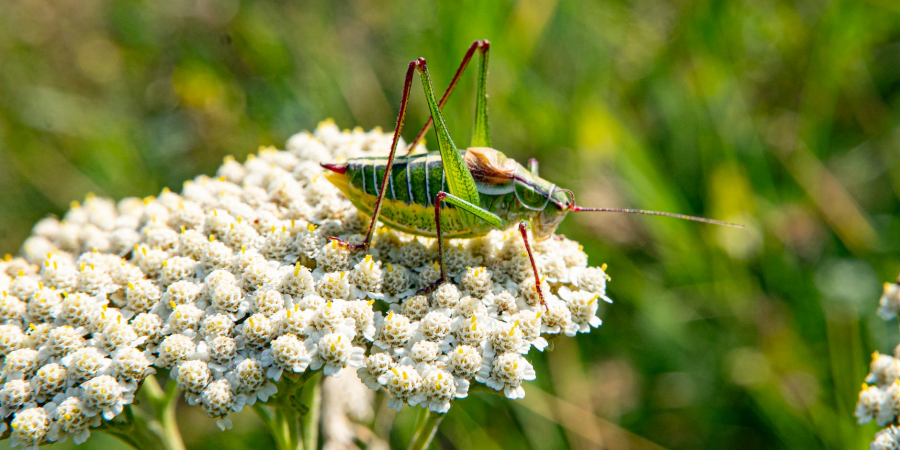

Crickets, members of the Gryllidae family, are among the most intriguing and diverse insects found across the globe. In this essay, we will delve into the various aspects of crickets, including their biology, behavior, ecological significance, cultural relevance, and their impact on human society.
**1. Introduction to Crickets:**
Crickets belong to the Orthoptera order, which also includes grasshoppers and locusts. With over 900 species identified, crickets exhibit a remarkable diversity in size, coloration, and habitat preferences. From the tiny ground-dwelling species to the larger, more conspicuous tree-dwellers, crickets occupy a wide range of ecological niches.
**2. Anatomy and Physiology:**
Crickets possess distinctive anatomical features that facilitate their survival and reproduction. Their bodies are divided into three main segments: the head, thorax, and abdomen. Notably, crickets are renowned for their powerful hind legs, which they use for jumping and producing their characteristic chirping sounds. Additionally, crickets have specialized auditory organs, known as tympana, located on their forelegs, enabling them to detect sound vibrations with remarkable precision.
**3. Behavior and Communication:**
One of the most fascinating aspects of crickets is their complex communication system, primarily characterized by the production of chirping sounds. Male crickets produce these chirps by rubbing specialized structures on their wings together, a process known as stridulation. The frequency and pattern of chirping vary among species and serve multiple purposes, including attracting mates, establishing territory, and warning of potential threats.
4.Ecological Significance
Crickets play a vital role in various ecosystems as both consumers and prey. As omnivorous insects, they feed on a wide range of organic matter, including plant material, decaying matter, and other insects. In doing so, crickets contribute to nutrient cycling and ecosystem functioning. Furthermore, crickets serve as a crucial food source for numerous predators, including birds, reptiles, and mammals, thus forming an essential component of food webs in diverse habitats.
**5. Cultural Relevance:**
Throughout history, crickets have held symbolic and cultural significance in various societies around the world. In many cultures, the chirping of crickets is associated with good luck, prosperity, and harmony. In some Asian cultures, crickets are kept as pets and revered for their melodious songs. Additionally, crickets have been depicted in literature, folklore, and art, symbolizing resilience, perseverance, and the cycle of life.
**6. Impact on Human Society:**
Beyond their ecological and cultural significance, crickets also have practical implications for human society. In some regions, crickets are harvested and consumed as a valuable source of protein, particularly in times of food scarcity. Additionally, crickets are used as bait in fishing and as live prey in the pet trade. Moreover, their chirping sounds have inspired scientific research and technological innovations, contributing to advancements in fields such as acoustics and communication.
**7. Conservation and Threats:**
Despite their ecological importance, crickets face various threats that jeopardize their populations worldwide. Habitat loss, pollution, climate change, and predation by invasive species are among the primary factors contributing to the decline of certain cricket species. Conservation efforts aimed at preserving their habitats, mitigating human-induced threats, and raising awareness about their ecological importance are essential for ensuring the long-term survival of crickets and maintaining biodiversity.
**8. Conclusion:**
In conclusion, crickets are remarkable insects that exhibit a wide array of biological, behavioral, and ecological adaptations. From their intricate communication system to their diverse ecological roles, crickets continue to captivate the curiosity of scientists, nature enthusiasts, and cultural enthusiasts alike. As we strive to understand and appreciate the complexities of the natural world, crickets serve as a reminder of the beauty and diversity of life on Earth.
